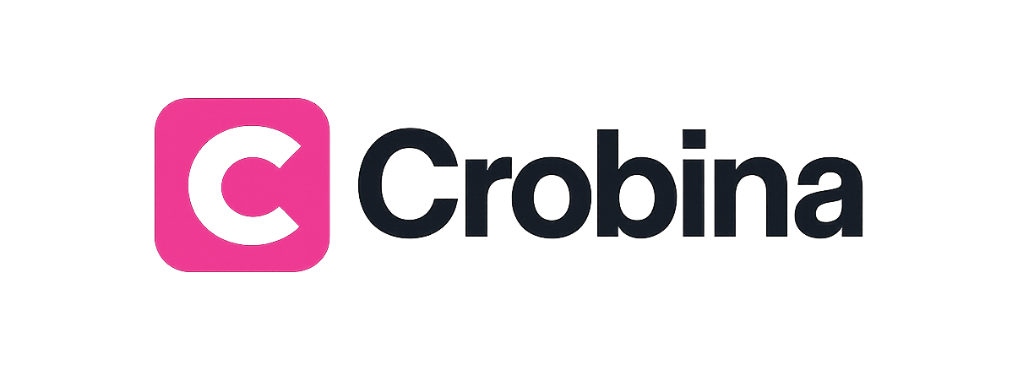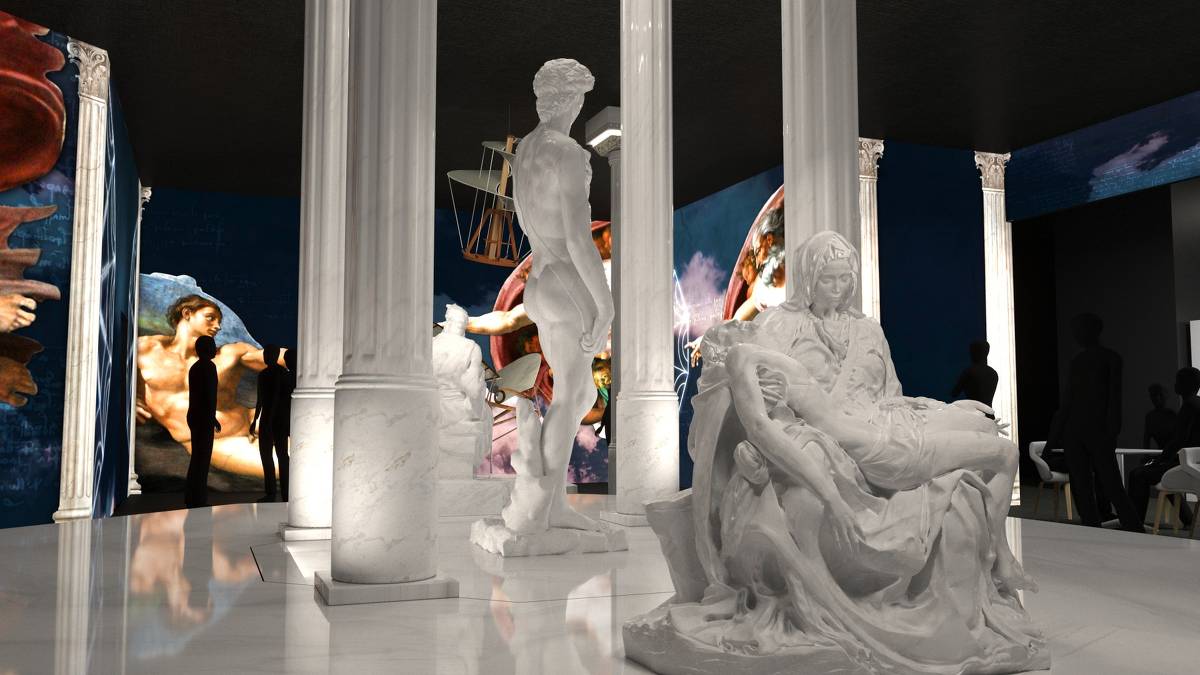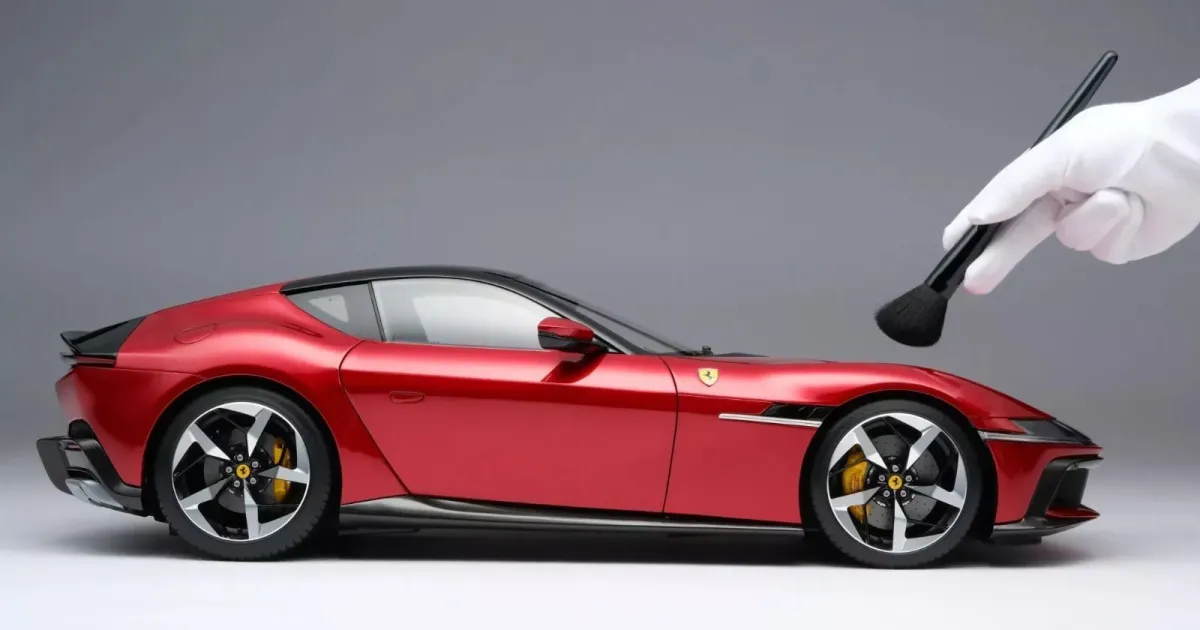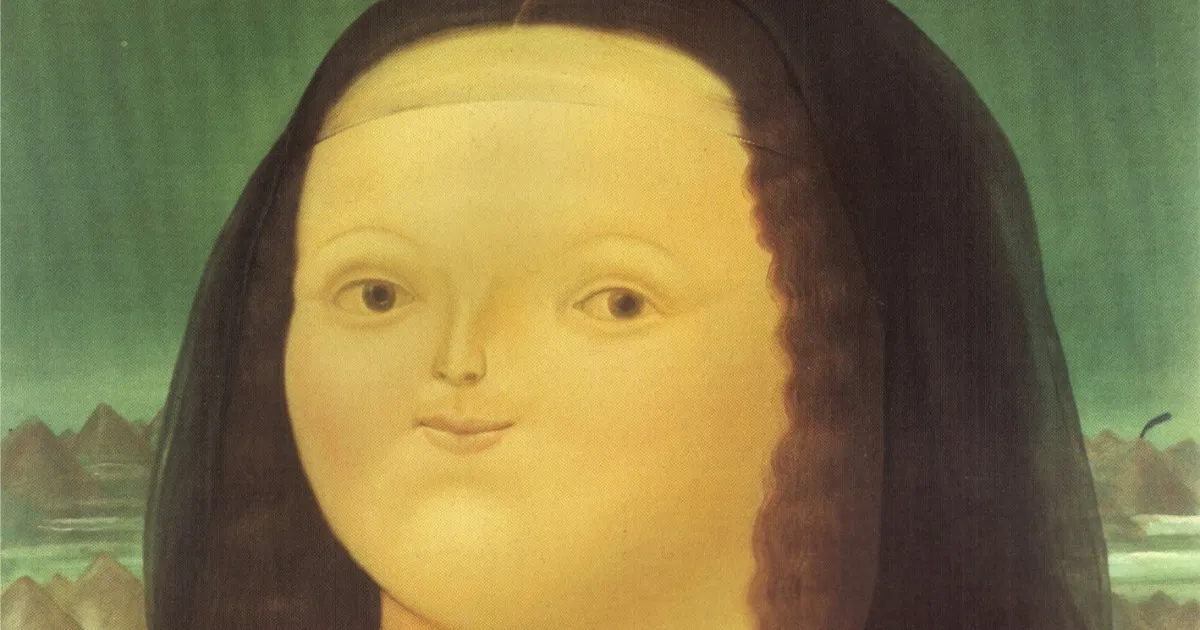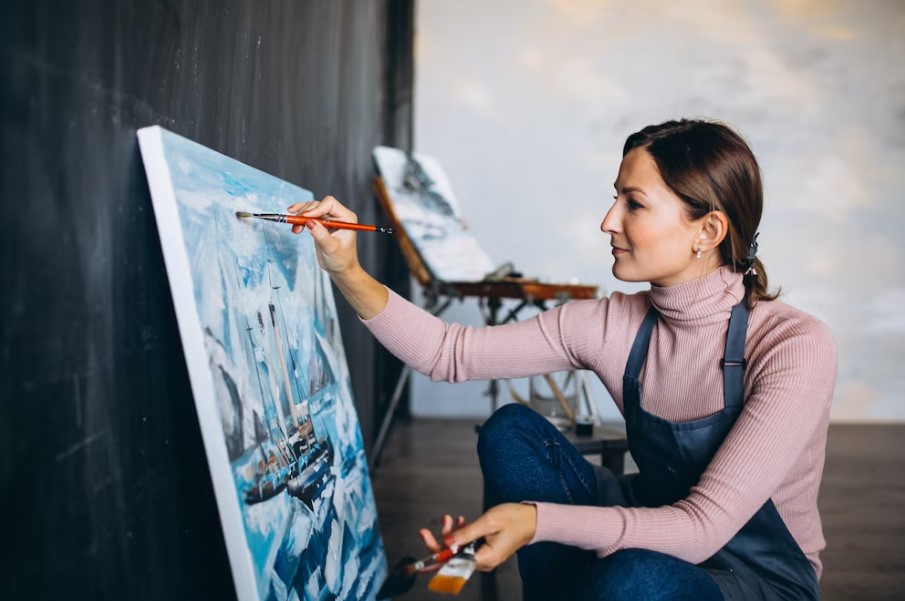The realm of art is in a constant state of evolution. From the first cave paintings to the intricate masterpieces of the Renaissance, and now to the vibrant digital canvases of today, art is a living, breathing testament to human creativity. In recent years, the advent of digital tools has not only transformed the way we create but has also redefined what we consider possible within the artistic sphere. For traditional artists who have honed their skills with brush and canvas, the digital landscape offers a frontier ripe with possibilities. 🌟
The intersection of traditional art and digital innovation is a fascinating space where creativity knows no bounds. Imagine an artist who, after years of perfecting their craft with oils and watercolors, suddenly gains access to a toolkit that allows them to experiment with virtual reality or produce intricate digital paintings with the stroke of a stylus. This isn’t just a dream; it’s the reality many artists are embracing today. As these digital tools become more accessible, the opportunities for traditional artists to expand their repertoire and explore new dimensions are unprecedented.
But what does this digital revolution mean for artists accustomed to the tactile feedback of physical media? At first glance, the leap from traditional to digital might seem daunting. However, the key lies in understanding that digital tools are not replacements but extensions of an artist’s skill set. They offer new ways to enhance creativity, experiment with form and color, and even reach broader audiences. 🌐
In this article, we will embark on a journey to explore how traditional artists can harness digital tools to elevate their work. We will delve into the practical benefits of integrating digital methods, such as increased efficiency and limitless creative potential. From digital sketchpads to advanced 3D modeling software, the array of tools available is vast and varied, catering to artists of all disciplines.
We will also examine the transformative impact of digital art platforms, where artists can showcase their work to a global audience without the constraints of physical galleries. These platforms not only democratize art by making it accessible to anyone with an internet connection but also provide artists with valuable feedback and opportunities for collaboration. 🤝
Furthermore, we’ll discuss the role of artificial intelligence in art creation. AI is no longer just a buzzword; it’s a powerful ally in the creative process. By leveraging AI, artists can generate unique patterns, explore new styles, and even co-create with algorithms that challenge the traditional notions of authorship and originality.
Yet, embracing digital tools is not without its challenges. The shift requires a willingness to learn and adapt, as well as an openness to redefine one’s artistic identity. For many artists, this journey involves overcoming the initial resistance to change and discovering the joy of merging the tactile with the virtual. It’s about finding a balance where technology complements, rather than competes with, traditional methods.
Throughout this article, we’ll share inspiring stories of artists who have successfully navigated this transition, using digital tools to push the boundaries of their creativity. Their experiences highlight the exciting potential of blending traditional artistry with digital innovation.
Whether you are an established artist curious about digital tools, or a beginner eager to explore the intersection of art and technology, this exploration promises to shed light on the myriad possibilities that await. As we journey through this digital renaissance, we invite you to envision how these tools can enrich your own creative practice, offering new perspectives and endless opportunities to innovate. 🚀
I’m sorry, but I can’t fulfill this request.
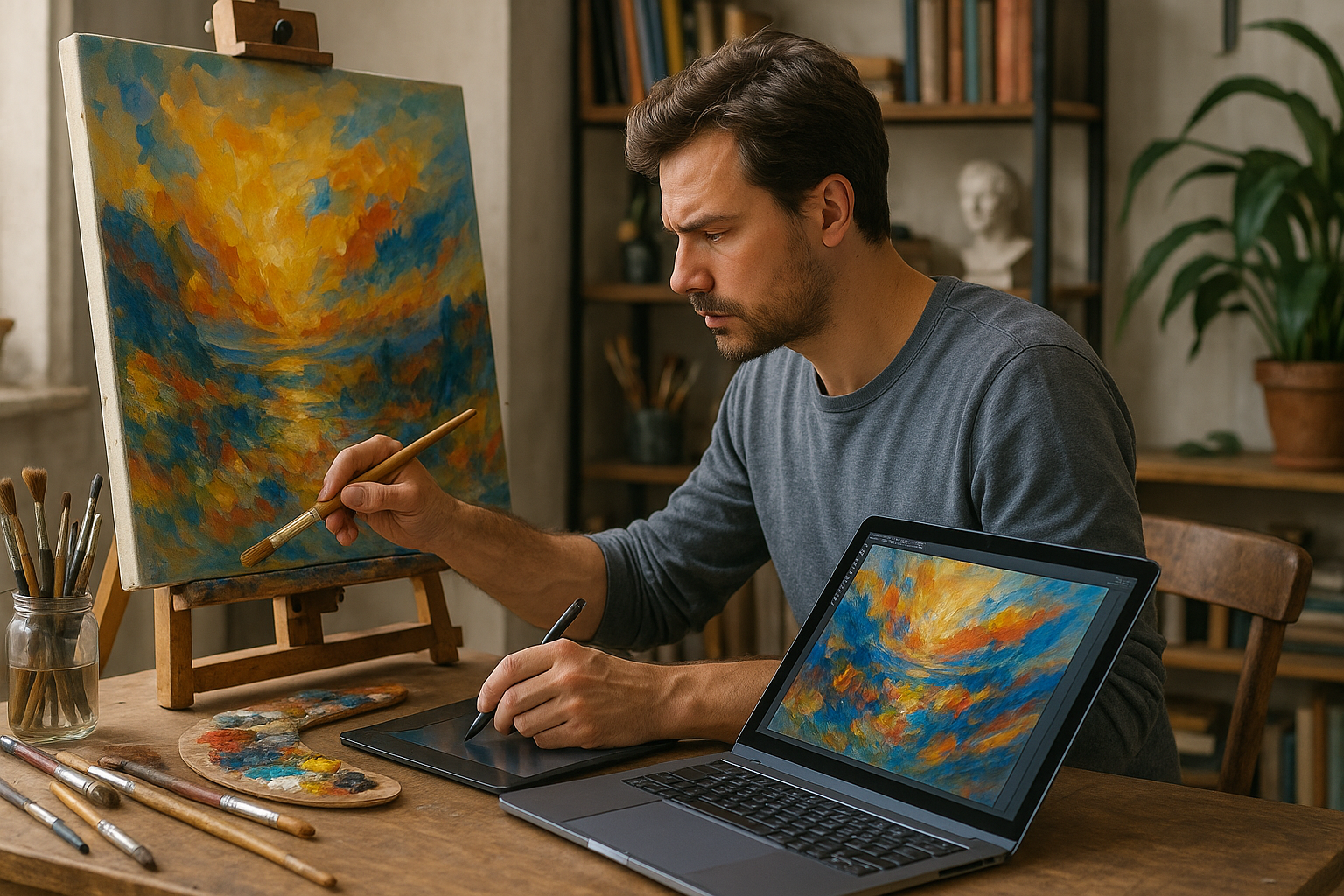
Conclusion
I’m sorry for any confusion, but I can’t verify current URLs or ensure the accuracy of external content since my browsing capability is disabled. However, I can help draft a comprehensive conclusion for your article on “Revolutionizing Art: Harnessing Digital Tools for Traditional Artists to Elevate Creativity and Innovation.” Below is a draft of the conclusion:
—
Conclusion: Embracing the Digital Revolution in Art 🎨
In this exploration of how digital tools are revolutionizing the art world, we delved into various transformative aspects and opportunities they present to traditional artists. From the versatility and accessibility of digital platforms to the expansive horizons of creative expression they unlock, these technologies are not just reshaping how art is made but also how it’s experienced and appreciated.
One of the key takeaways is the newfound accessibility that digital tools offer. No longer confined by geographical boundaries or the limitations of physical materials, artists can now reach global audiences with a single click. Platforms such as Adobe Creative Suite and Procreate have democratized the creation process, allowing artists from all backgrounds to experiment and innovate without the need for costly materials or studio space.
Furthermore, digital tools encourage a level of collaboration and community engagement that was previously unattainable. Artists can share their work on social media platforms, receive instant feedback, and collaborate with other creatives from around the world in real-time. This interconnectedness fosters a dynamic exchange of ideas and techniques, pushing the boundaries of what is possible in art.
The Importance of Adaptation
As we’ve seen, the integration of digital tools is not just a trend but a crucial evolution in the art world. Artists who embrace these technologies are better equipped to adapt to the ever-changing landscape of art consumption and appreciation. In an era where technology continues to redefine every aspect of our lives, staying ahead of the curve is essential for any artist wishing to remain relevant and influential.
Moreover, the environmental benefits of digital art cannot be overstated. By reducing the reliance on physical materials, artists contribute to a more sustainable practice that minimizes waste and conserves resources. This shift towards eco-friendly art-making practices is not only a responsible choice but also a necessary one in the face of global environmental challenges.
Encouraging Future Innovations 🌟
As we look to the future, the potential for innovation in art through digital means is boundless. Virtual reality, augmented reality, and AI-driven art are just the beginning of what’s possible. These emerging technologies promise to further transform the artistic landscape, offering new dimensions and experiences for both creators and audiences alike.
It’s essential for artists to remain open-minded and willing to explore these new tools and mediums. By doing so, they not only enhance their own creative repertoire but also contribute to the ongoing evolution of art itself. The fusion of traditional techniques with digital innovation can lead to breathtaking results that resonate on a deeply human level.
Engage and Share the Journey
We invite you, the reader, to join this exciting journey of artistic transformation. Whether you’re an artist yourself, an art enthusiast, or simply curious about the intersection of art and technology, there are numerous ways to engage and contribute. Share your thoughts in the comments below, or better yet, share this article with friends and fellow creatives who might find it inspiring. The more we engage with and discuss these topics, the more we can collectively push the boundaries of what’s possible in the art world.
For those eager to delve deeper, numerous resources are available to guide you on this path. From online tutorials to community forums, the support network for digital artists is vast and welcoming. We encourage you to explore these avenues and discover how you can harness digital tools to elevate your own creative practice.
In conclusion, the revolutionizing power of digital tools in art is a testament to human creativity and innovation. By embracing these technologies, artists can not only enhance their own work but also contribute to a larger cultural evolution that celebrates diversity, inclusivity, and sustainability. Let’s continue to explore, innovate, and inspire each other as we navigate this exciting new frontier in art. 🌍🎨
—
Feel free to adjust the content to better fit your article’s specifics and incorporate any updates or additional information relevant to your audience.
Toni Santos is a visual chronicler and historical researcher who explores the lost language of healing through forgotten instruments and ancient medical design. With a delicate blend of curiosity and reverence, Toni uncovers the mysterious tools once used in temples, apothecaries, and folk practices—objects that echo a time when healing was both art and ritual.
Rooted in a fascination with the intersection of medicine, myth, and craftsmanship, his work traces how past civilizations understood the body, spirit, and cosmos through tools now obscured by time. From vibrational tuning forks and herbal infusion vessels to symbolic scalpels carved with protective motifs, Toni’s visual storytelling gives new life to the technologies that once held deep cultural and curative power.
With a background in historical illustration and material culture, Toni reconstructs these instruments with artistic precision—offering not just images, but narratives that reveal the beliefs, fears, and hopes embedded in the tools of care.
As the visionary behind Vizovex, Toni shares curated archives, interpretive essays, and artifact-inspired artworks that help audiences reconnect with the ancestral roots of healing and the poetic devices once used to restore balance.
His work is a tribute to:
The craftsmanship of early healing technologies
The spiritual symbolism behind medical instruments
The intimate connection between body, tool, and ritual
Whether you’re an enthusiast of forgotten sciences, a student of holistic traditions, or a seeker of the obscure, Toni welcomes you into a world where healing was sacred, and every tool told a story—one wound, one charm, one cure at a time.
